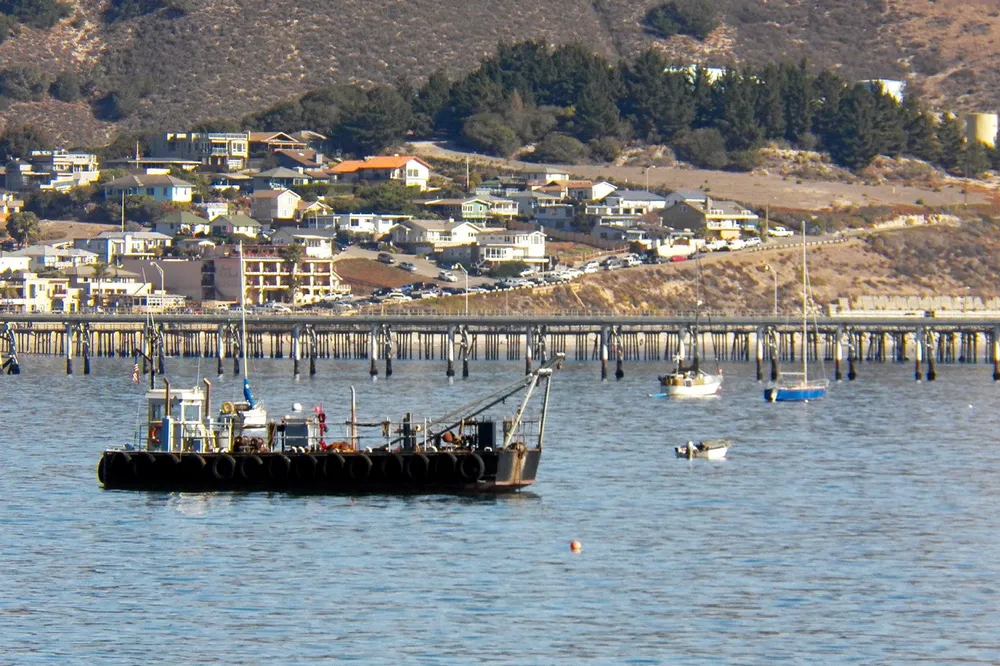California floating wind ramp spurs study for deepwater port-constrained Central Coast
Startup CET in agreement with Port San Luis to explore development of an O&M facility to serve the needs of Morro Bay leaseholders

Port developer startup Clean Energy Terminals (CET) has entered into an agreement with Central California’s Port San Luis to conduct a feasibility study for an operations and maintenance (O&M) terminal to help meet the Golden State’s ramping floating wind ambitions.
The agreement between CET and administrators of the harbour located some 20 miles (32 km) south of the Morro Bay wind energy area (WEA) kicks off a six-to-18-month evaluation of the port's capacity and sets out a pathway for development.
“The Harbour District's mission is to support commercial, recreational, and coastal-related activities, and to this end, offshore wind represents a once-in-a-generation opportunity for San Luis Obispo Bay that we simply cannot overlook,” said Suzy Watkins, director of the Port San Luis Harbour District.
Five floating wind leases have already been sold by federal regulators, including three in Morro Bay and two in Humboldt in Northern California holding some 7GW of estimated capacity.
Development will face multiple bottlenecks, including water depths of around 1,000 metres, far deeper than has ever been attempted in floating wind, as well as inadequate transmission and lack of supply chain.
California Energy Commission (CEC) estimates that $11-12bn will be needed to upgrade coastal infrastructure for the sector and Port San Luis has been identified by multiple independent studies as a high-potential location for O&M facilities.
“Ports are the pivot-point where investments in offshore wind generation are transformed into family sustaining clean energy careers, new supply chain investments for Californian communities, and growth opportunities for small and diverse Central Coast businesses,” said Brian Sabina, chief executive of CET.
If an O&M port were to be developed, it would likely serve all three leaseholders in Morro Bay WEA, including Equinor, Invenergy, and a partnership between Ocean Winds and Canadian Pension Plan Investment Board.
California’s legislature earlier this month passed a bond measure that includes $475m for offshore wind ports and $325m for clean energy transmission.
(Copyright)